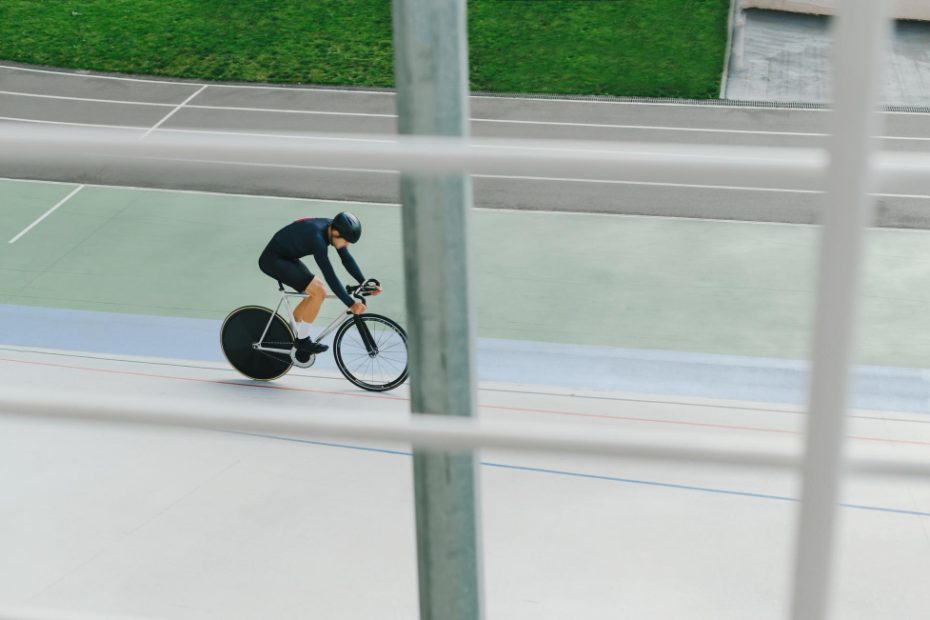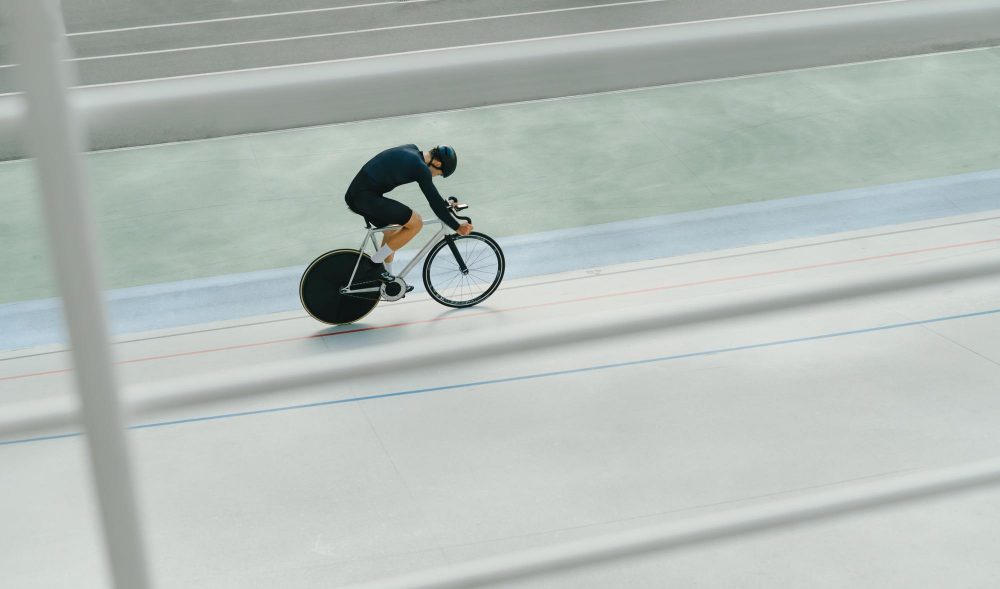What does Velo mean in velodrome?
Introduction
The world of cycling is full of unique terminology, and one term that often perplexes newcomers is “velo.” Particularly in the context of a velodrome, it can be confusing to understand what exactly this word means. In this article, we will explore the meaning and significance of “velo” within the world of velodromes, shedding light on its origins and purpose.
The Etymology of Velo
The word “velo” is derived from the French word “vélo,” which is short for “vélocipède.” In French, “vélo” simply means bicycle, and “vélocipède” refers to any two-wheeled vehicle propelled by human power. The term “velo” has been adopted internationally and is widely recognized as an abbreviation for “velocipede” or “bicycle.”
The Velodrome: A Unique Cycling Venue
A velodrome is a specialized track built specifically for track cycling events. It features steeply banked curves that allow riders to maintain high speeds while making sharp turns. Velodromes are designed to facilitate competitive cycling races, including sprinting, endurance events, and team pursuits. The unique design of a velodrome enables cyclists to reach incredible speeds and showcase their skills in a controlled environment.
The Role of Velo in a Velodrome
In the context of a velodrome, “velo” typically refers to the bicycles used for track cycling. These bikes are purpose-built for racing on the track and differ significantly from road bikes or mountain bikes. Velo bikes are characterized by their fixed gear, no freewheel mechanism, and absence of brakes. They are lightweight and aerodynamic, enabling riders to achieve maximum speed and maneuverability within the velodrome’s confines.
“The velo is the ultimate tool for track cyclists, offering unparalleled responsiveness, speed, and control.”
Different Types of Velo
There are various types of velo bikes designed for different track cycling disciplines. The three main categories are sprint bikes, endurance bikes, and pursuit bikes. Sprint bikes are built for explosive speed, with a stiffer frame and lower handlebars for an aggressive riding position. Endurance bikes prioritize rider comfort during longer races, featuring a more relaxed geometry and higher handlebars. Pursuit bikes are optimized for team pursuit events, with aerodynamic design elements and specialized gear ratios.
The Significance of Velo in Track Cycling
The velo plays a crucial role in the success of track cyclists. Its design and construction significantly impact a rider’s performance on the track. Each component of the velo, from the frame to the wheels, is carefully engineered to maximize speed, efficiency, and control. The pursuit of technological advancements in velo design has been ongoing, with manufacturers constantly pushing the boundaries to create faster and more aerodynamic bikes.
“In track cycling, the velo is not just a means of transportation; it is an extension of the rider’s body, allowing them to reach their full potential on the track.”
The Future of Velo
As technology continues to advance, the velo of the future will likely incorporate innovative materials, improved aerodynamics, and enhanced performance features. Manufacturers and engineers will strive to create bikes that offer competitive advantages while adhering to the strict regulations of track cycling’s governing bodies. The evolution of the velo will remain intertwined with the development of the sport itself, as riders continue to push the boundaries of human performance within the velodrome.


